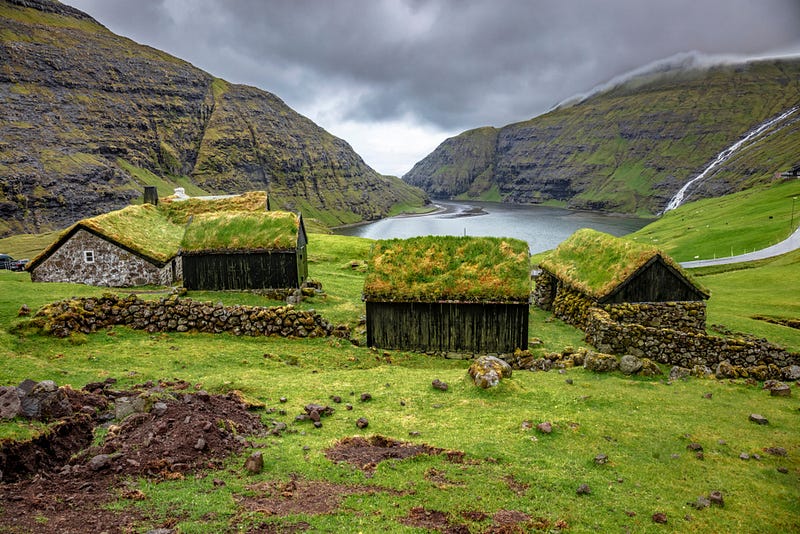Little sod house on the prairie
By Lillie Hoffart, Environmental Science, 2022

With the passage of the Homestead Act in 1862, the Plains region, or “Great American Desert,” was parceled out in plots. After paying a fee, farming, and living on the land for five years, the homesteader became the land’s owner.
This was not an easy task. Summers reached a heat of over 120 degrees Fahrenheit, and blizzards in the winter would bury livestock. While the grass could grow to over six feet tall, trees were scarce. For settlers in the second half of the 19th century, one of the most basic needs, building an adequate shelter, was a challenge. They turned to the earth for the solution, constructing sod houses, or “soddies,” made from bricks of soil.
The key to the construction of a sod house? Grass roots.
The key to the construction of a sod house? Grass roots. These fibrous networks grew thickly intertwined and sometimes over 10 feet deep. They could be removed in dense chunks that would withstand years of rain, weathering, and even fires.
First, large strips of soil were divided by ploughing long troughs into the ground — slicing through thick prairie grass roots. The resulting sections were then cut into smaller, rectangular bricks (around 3,000 bricks were required to build a 16 foot x 20 foot house). These bricks were laid into walls, forming the main structure of the house. Then, scarce timber could be used as poles for roof support, often with more strips of sod covering the top of the house.
The construction of earth-based structures has been traced back to many cultures: from Viking-age turf houses, to the adobe homes of Southwestern United States tribes, to the rammed-earth walls in the Great Wall of China.
The concept of using soil in building is far from new. The construction of earth-based structures has been traced back to many cultures: from Viking-age turf houses, to the adobe homes of Southwestern United States tribes, to the rammed-earth walls in the Great Wall of China. These techniques are so popular because dirt is easily accessible and has a high thermal mass. Thermal mass slows the passage of heat through the structure, so earthen homes stay cool in the summer and warm in the winter.
Though it has fallen out of use, the sod house remains. In Custer County, Nebraska, the “Sod House Capital of the World,” a survey found 22 houses still standing, many containing original walls over 100 years old. This modest home remains a symbol of the West and the resilience of both the homesteaders and their grass roots.
